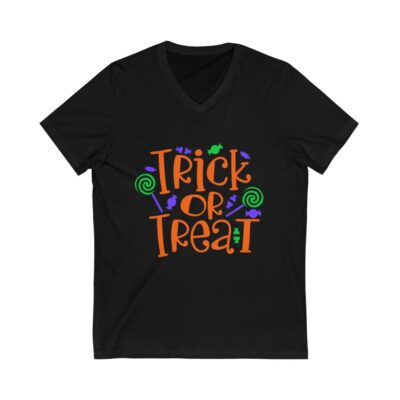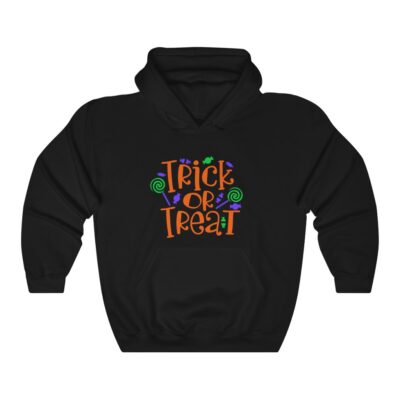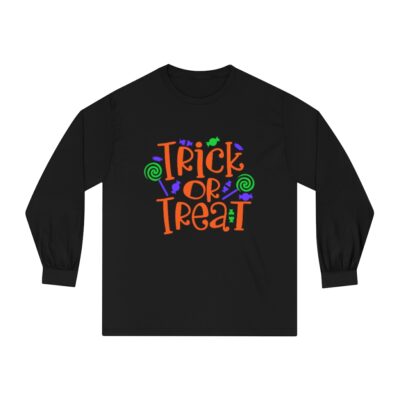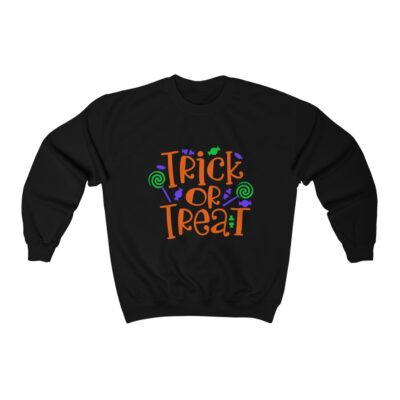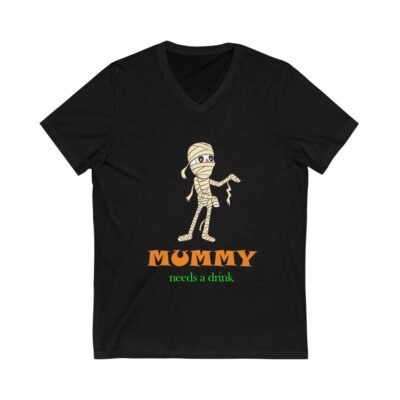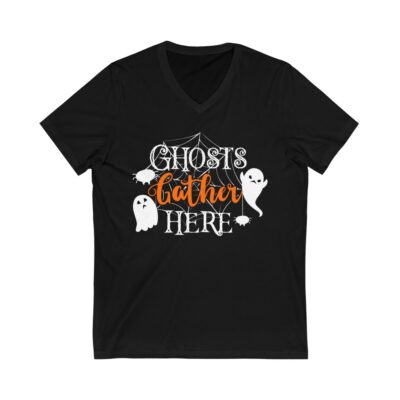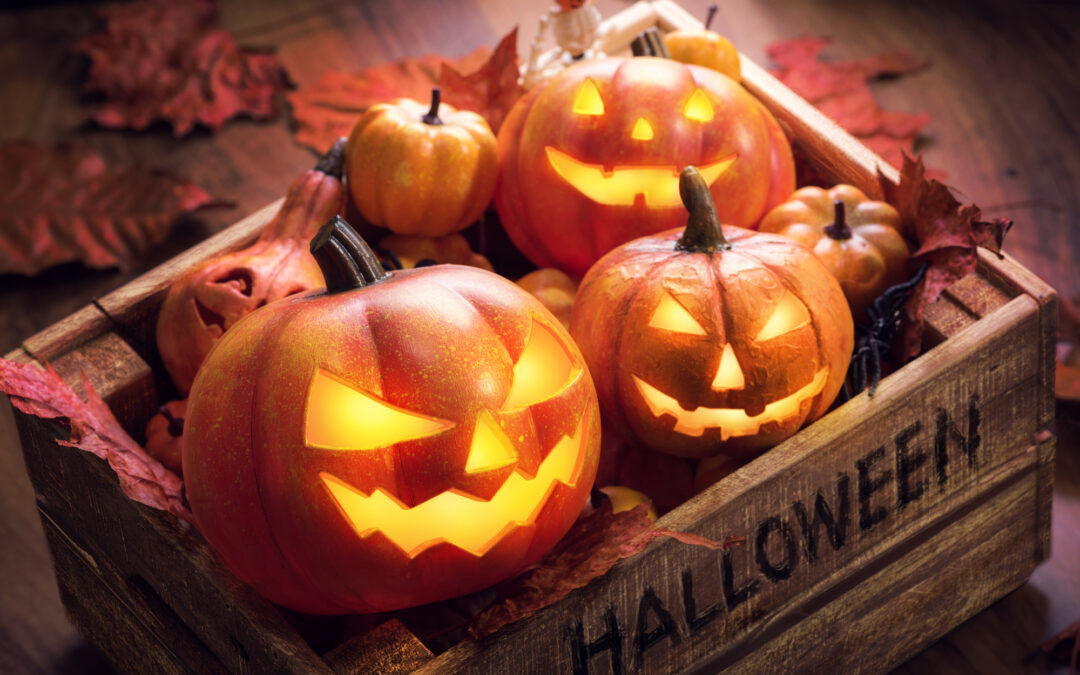Halloween, a globally celebrated holiday known for its eerie costumes, haunted houses, and candy-filled festivities, boasts a rich history. Have you ever pondered the captivating narrative behind this beloved October 31st tradition? In this article, we embark on a journey through time to unveil the origins and rich traditions that have molded Halloween into the holiday we cherish today. From ancient Celtic rituals to contemporary customs, we explore how Halloween has evolved over the centuries and how enduring traditions continue to make it a celebrated and cherished occasion.
Celtic Roots – Samhain
The origins of Halloween trace back to the ancient Celtic festival known as Samhain, celebrated around November 1st. Samhain marked the end of the harvest season and the onset of winter in the Celtic calendar. At its core, Samhain represented a time when the boundary between the living and the spirit world blurred, allowing restless souls to roam freely. To ward off malevolent spirits, the Celts would light bonfires and don costumes fashioned from animal heads and skins. These costumes served as both disguises and tributes to the spirits. People left offerings of food and drink for wandering souls, and they practiced divination to foresee the future—traditions that we recognize in modern Halloween customs.
Christian Influence – All Saints’ Day and All Souls’ Day
The spread of Christianity transformed Samhain and gave rise to All Saints’ Day (November 1st) and All Souls’ Day (November 2nd). These Christian observances aimed to honor saints and offer prayers for departed souls. “All Hallows’ Eve” or “Halloween,” as it became known, retained elements of Samhain, such as lighting candles and donning costumes.
Halloween in America – Colonial Traditions
Halloween arrived in North America with European immigrants, primarily the Irish, Scottish, and English. During colonial America, Halloween blended various cultural influences. Early American Halloween celebrations included storytelling, fortune-telling games, and acts of mischief. The tradition of carving jack-o’-lanterns, originally using turnips but later pumpkins because of their abundance, emerged from an Irish folk tale about Stingy Jack.
The Emergence of Trick-or-Treating
The concept of trick-or-treating as we now know it emerged in the early 20th century. Halloween shifted from a night of mischief to a more community-centered holiday, with organized events discouraging vandalism and promoting safer celebrations. During World War II, adults encouraged children to collect treats for the war effort through the “Trick-or-Treat for UNICEF” campaign, laying the foundation for the modern practice of collecting candy door-to-door.
Modern Halloween Traditions
Today, Halloween is a vibrant, diverse holiday celebrated in various ways around the world. Costumes, parties, and spooky-themed activities play central roles in modern Halloween celebrations. Haunted attractions, including houses and mazes, have gained immense popularity, offering a thrilling experience for those seeking the eerie side of Halloween. Meanwhile, children eagerly go door-to-door to collect sweets and treats, as trick-or-treating remains a beloved tradition.
Halloween, with its roots in ancient Celtic rituals and Christian influences, has evolved into a global celebration filled with costumes, candy, and a sense of community. While traditions have shifted over time, the essence of Halloween—embracing the mysterious and marking the transition from harvest to winter—remains as potent as ever. Whether you’re carving pumpkins, recounting ghost stories, or simply relishing the company of loved ones, Halloween continues to captivate people of all ages. As the leaves change and the nights grow longer, let’s honor this timeless holiday and keep the spirit of Halloween alive.
